China just reached a clean energy milestone that’s changing how the world thinks about power. The country hit its 2030 renewable energy goal six years ahead of schedule. What does this mean? They’re now producing 1,200 gigawatts of clean electricity from the sun and wind – equivalent to building 357 full-size nuclear plants in just one year, according to the source material.
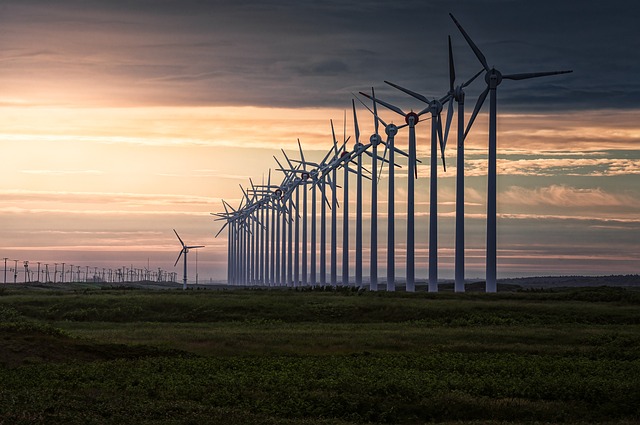
The numbers tell an impressive story. In 2024, China built new solar panels and wind turbines at record speed. Looking at the details: they added 277 gigawatts of solar power (a 45.2% increase) and 80 gigawatts of wind power (an 18% increase) compared to 2023. Together, these new installations make up 357 gigawatts of clean energy capacity.
“We’re at a crucial turning point,” says Simeng Deng, who studies energy trends at Rystad Energy. “China is reshaping how it powers homes and factories.” The change is happening fast because Chinese factories are making solar panels and wind turbines more affordable than ever before.
Similar Posts
Money is flowing into these clean energy projects like never before. In 2024, China invested $818 billion in clean energy – more than the United States, European Union, and United Kingdom combined. This investment means more clean energy infrastructure and production capacity for the future.
But there’s a catch. Even with all these solar panels and wind turbines, China’s carbon dioxide emissions – the pollution that drives climate change – went up slightly by 0.8% in 2024. Why? Because the country is still using coal as a backup when the sun isn’t shining or the wind isn’t blowing. It’s like keeping a gas generator for emergencies even after installing solar panels on your roof.
Daniel Jasper from Project Drawdown, a group that studies climate solutions, puts it in perspective: “While China releases the most greenhouse gases of any country, they’ve realized that building renewables is essential for energy and climate security.”
China plans to build even more clean energy. By 2026, solar capacity alone is expected to top coal as China’s primary energy source, with more than 1.38 terawatts of power, according to Rystad Energy. This shift points toward a future with cleaner energy production.


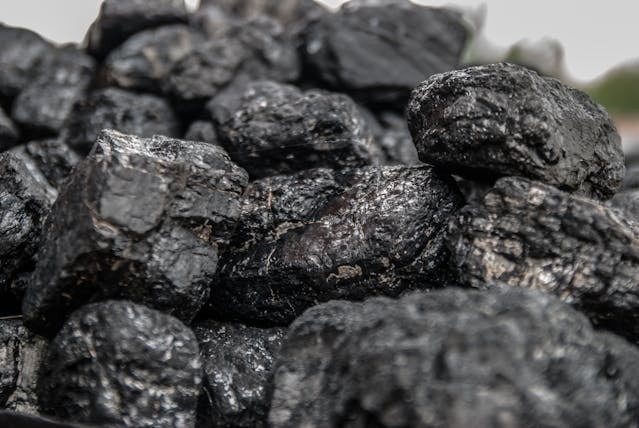

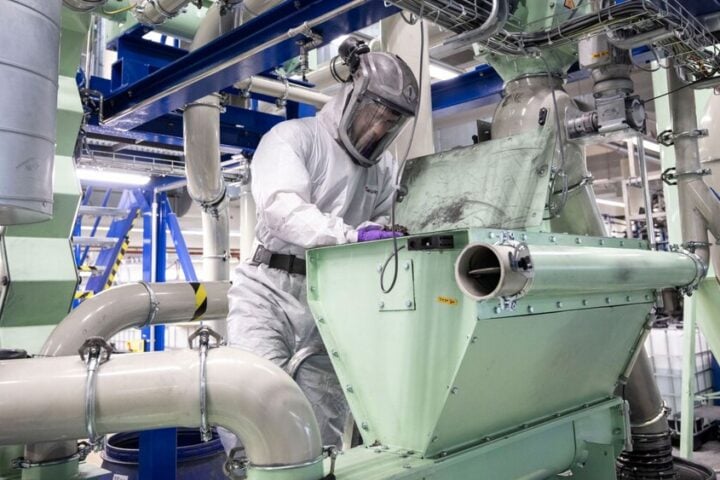

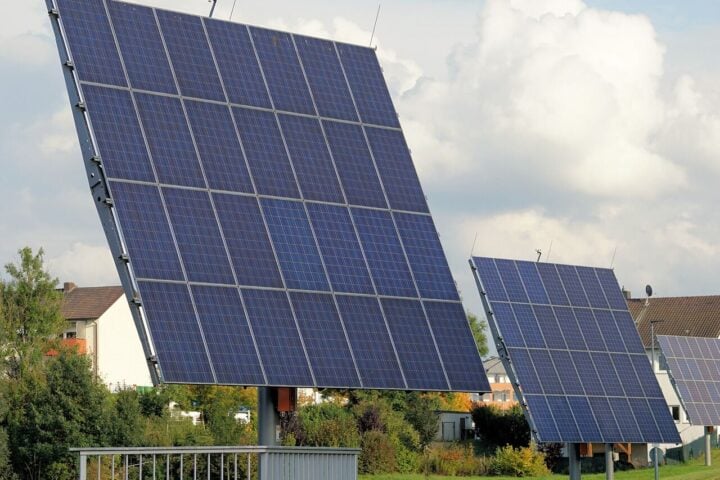


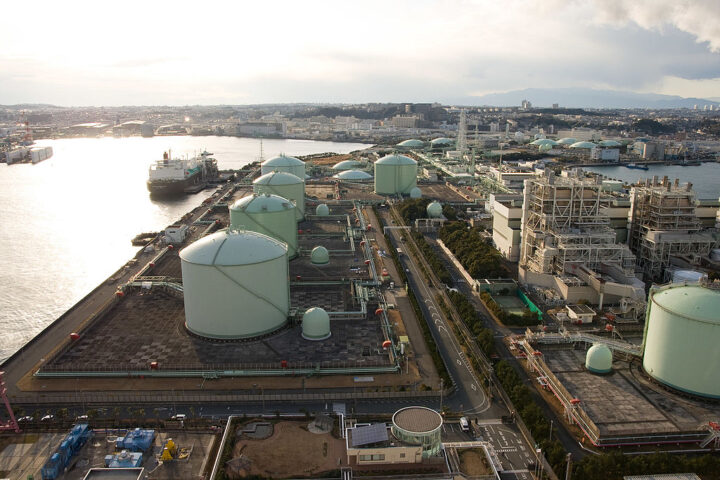
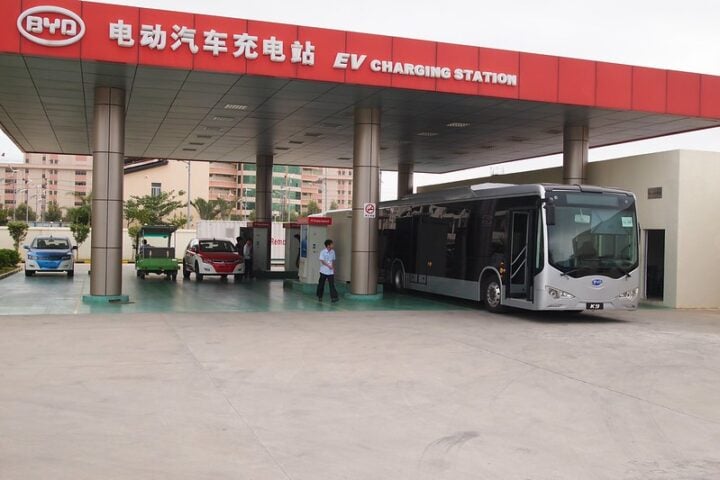

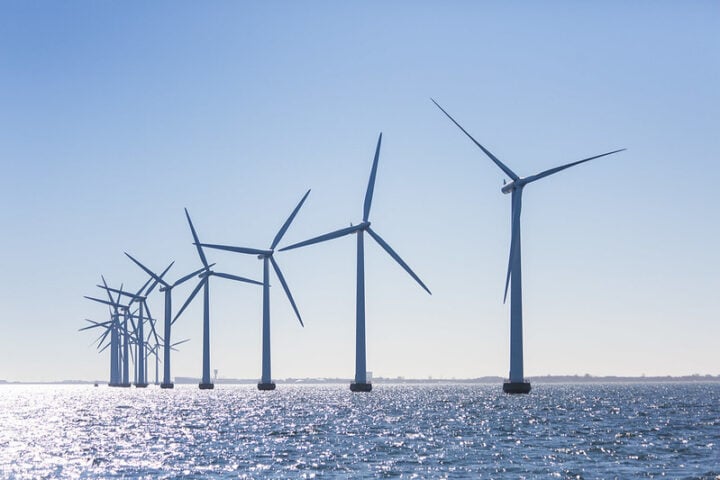



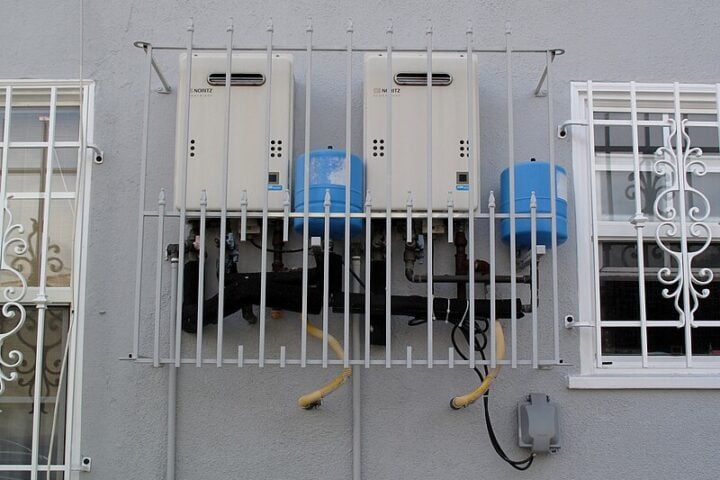
![Big city Los Angeles smog building [photo source: pixabay] [PDM 1.0]](https://www.karmactive.com/wp-content/uploads/2025/04/46-of-Americans—156-M—Now-Breathe-Hazardous-Smog-and-Soot-State-of-the-Air-Report-Exposes-Decade-High-Pollution-1-150x150.jpg)